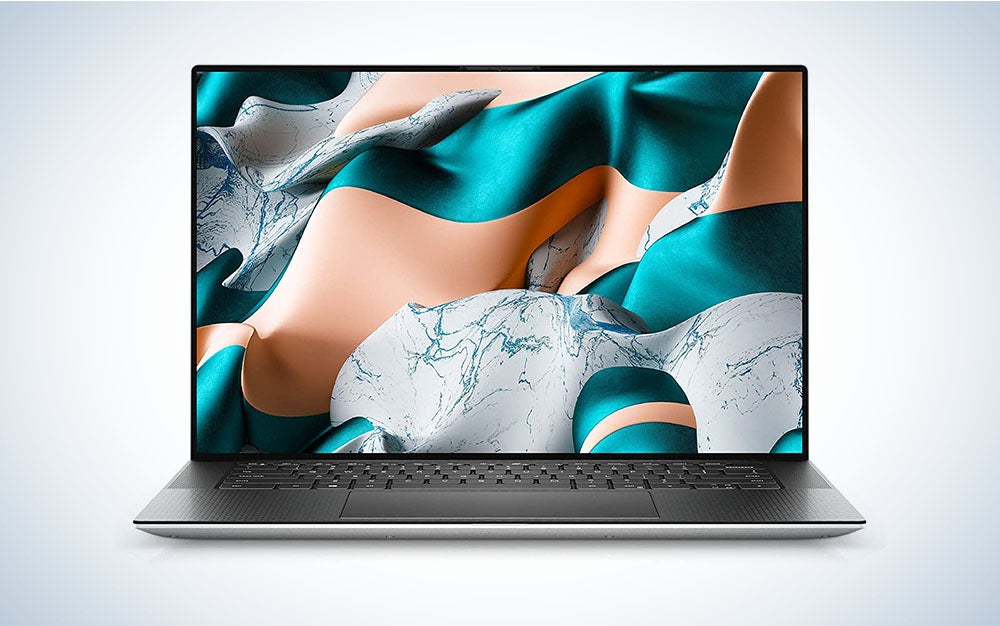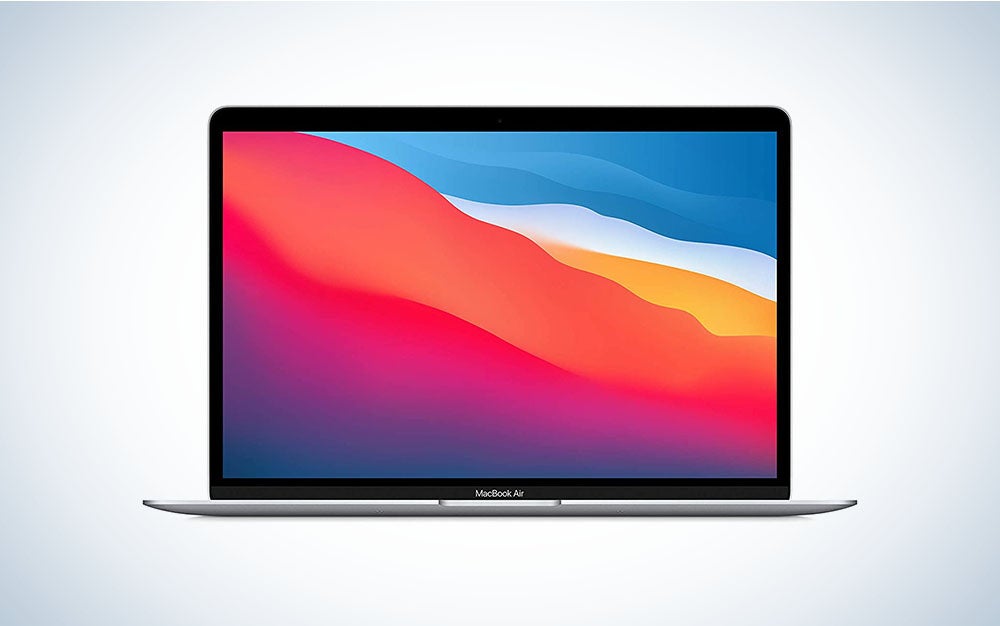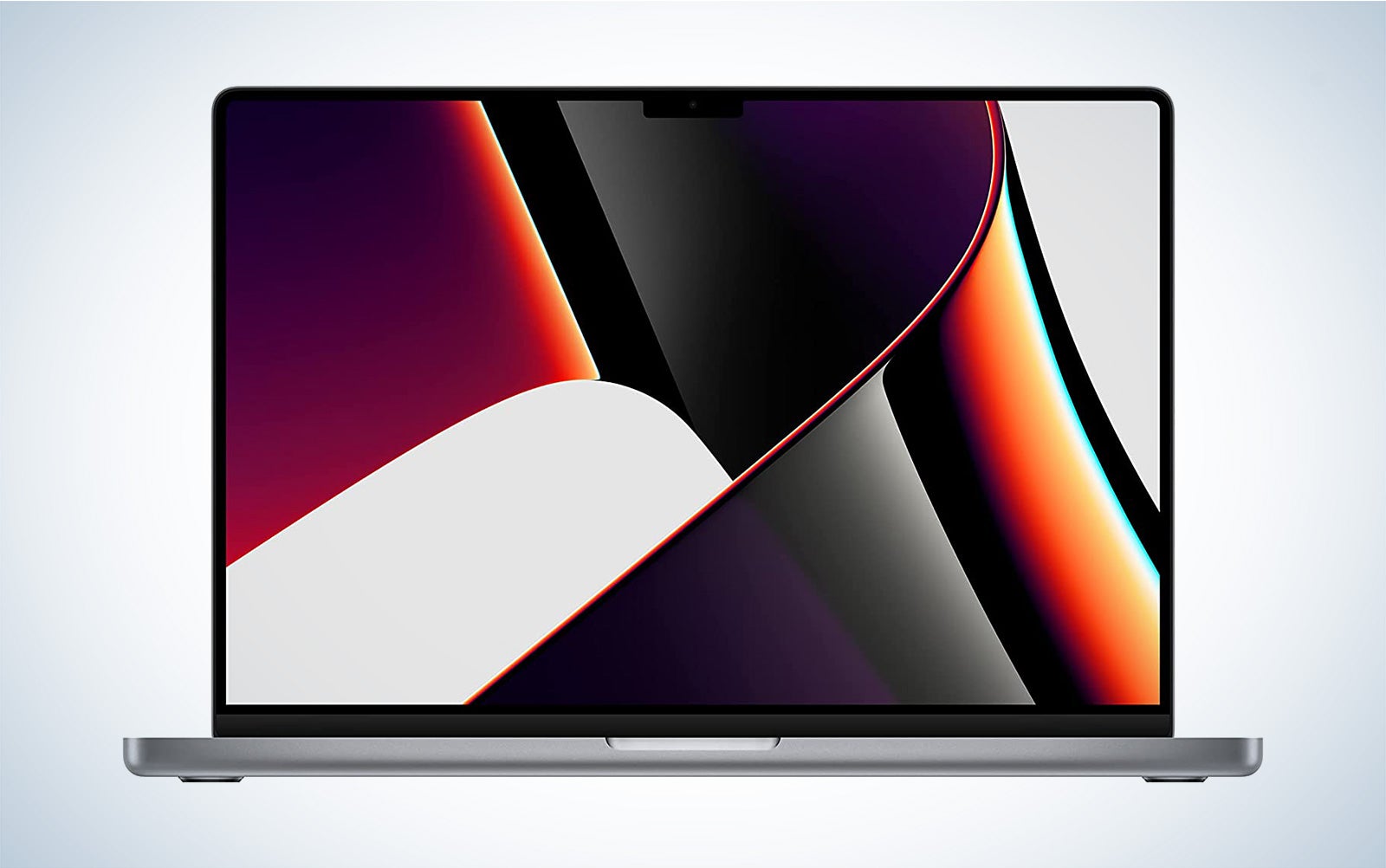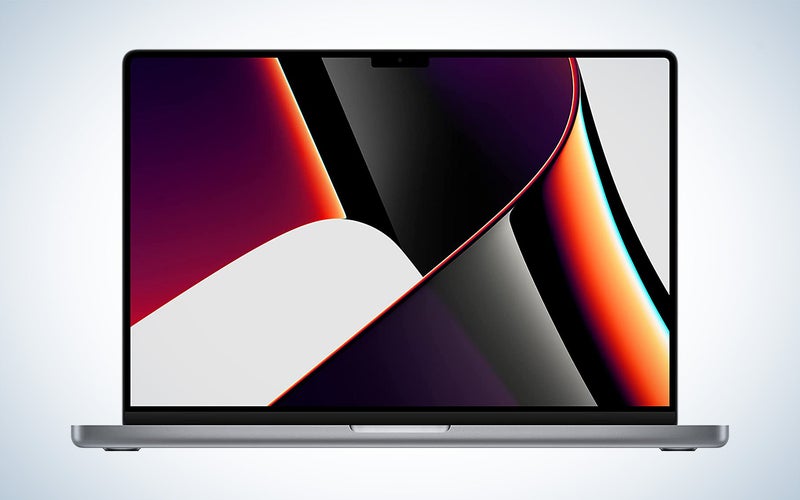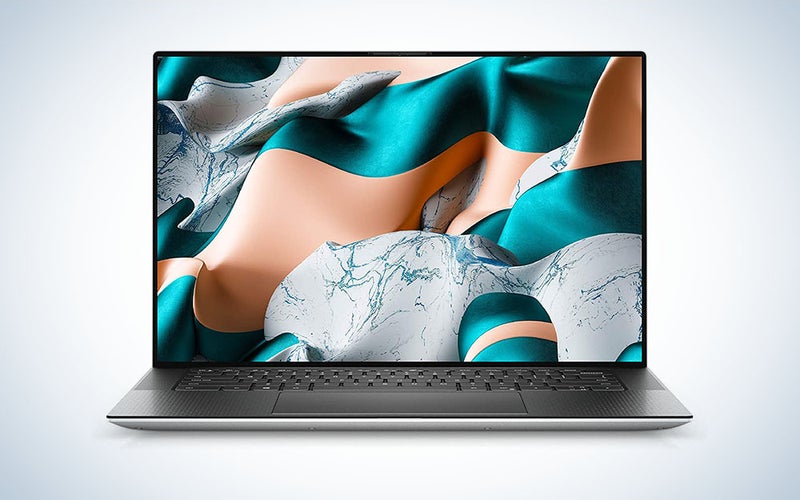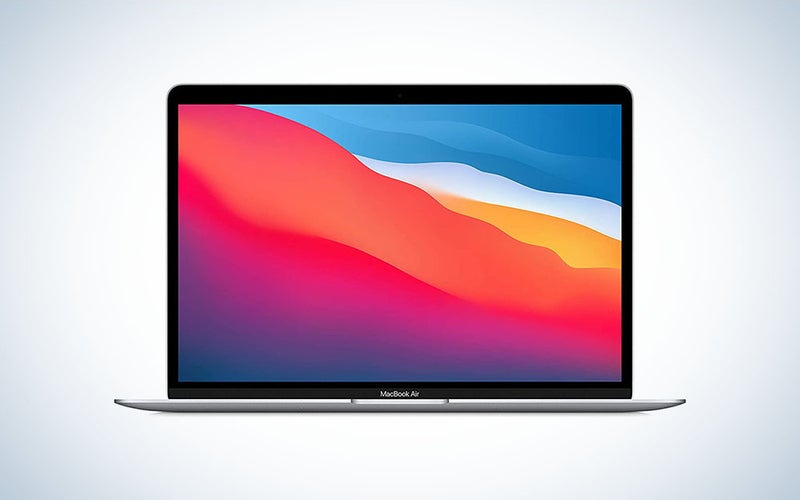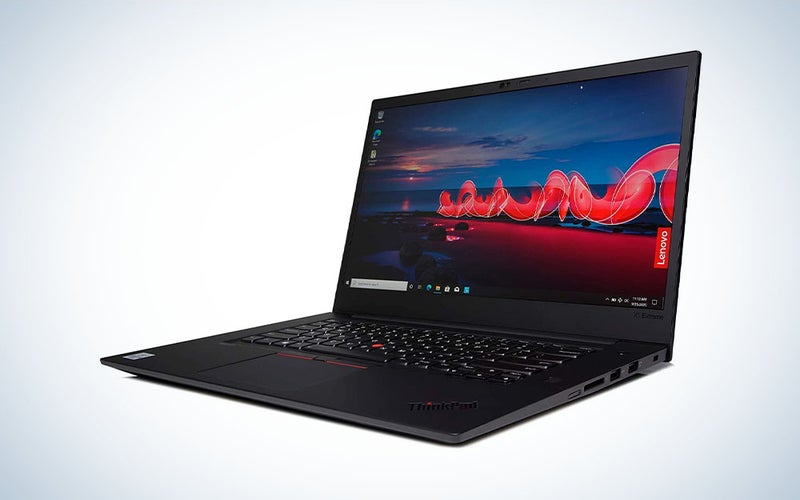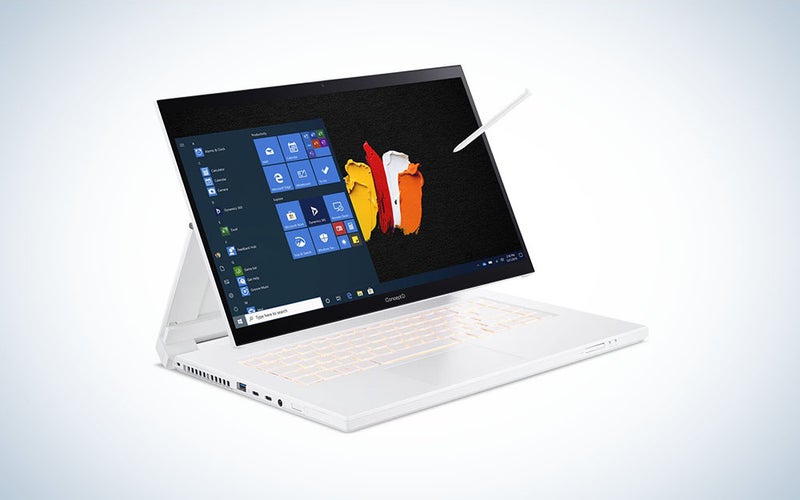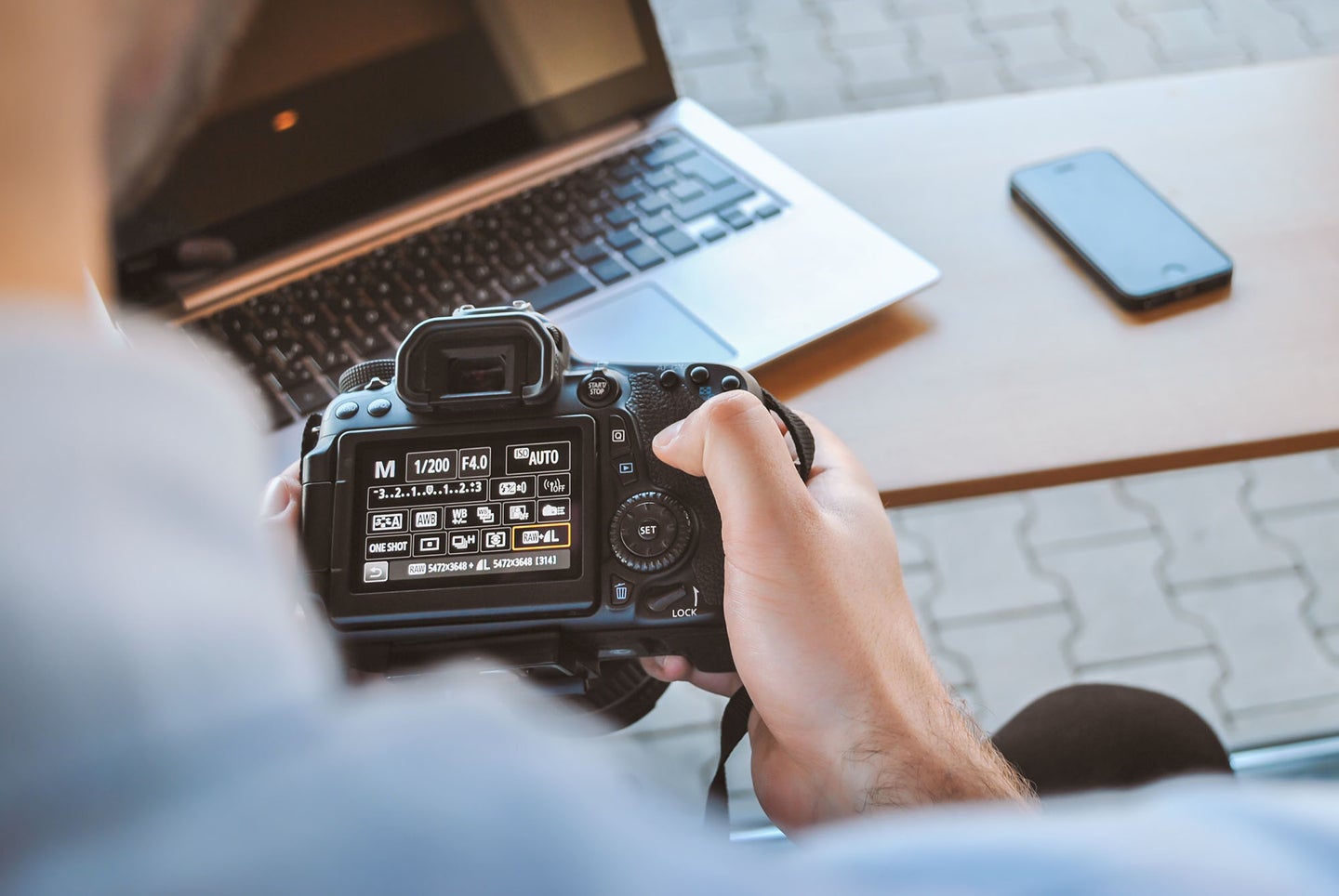
There was a time when serious photographers did all of their post-production on a desktop, but that’s changed. In recent years, laptops have gotten thinner, lighter, and more powerful all at the same time, with “creator” models offering a dynamite combination of performance and portability that lets you do serious photo editing from anywhere in the world. But with so many options to choose from, it can be hard to know what features to prioritize.
The best laptop for photo editing needs to have a high-resolution, color-accurate screen, a powerful CPU, a dedicated graphics card, and a rugged and reliable design. But that’s just the beginning. You’ll want a computer with plenty of ports, an SD card slot, and a large battery, and all of this should be packed into a relatively lightweight design that won’t add needless bulk to your bag. With such a laundry list of requirements, it might seem like finding the best laptop for photo editing is an impossible task, but these laptops do exist, and we’re here to help you find the best option for your specific needs.
- Best Overall: Apple MacBook Pro M1 Pro
- Best 4K laptop: Dell XPS 15
- Best portable: M1 MacBook Air
- Best rugged: Lenovo ThinkPad X1 Extreme
- Best 2-in-1: Acer ConceptD 7 Ezel
How we picked the best laptops for photo editing
The writers and editors at PopPhoto.com have spent thousands of hours editing photos in front of computers. For this roundup, we pulled from a mixture of hands-on experience, editorial reviews, and user reviews. We compared specs line by line and chose models that offer the best performance to price ratio for most people. Not everyone has the same editing needs, so we’ve collected an array of options, some of which
Features to consider when shopping for the best laptop for photo editing
No single computer can do everything well, but when you’re looking for the best laptop for photo editing, you can begin by prioritizing the features that matter most to photographers. Power and graphics performance are a given, but do you want a 4K display? Is a lightweight laptop a must for you? What about durability? And do you want a traditional clamshell laptop, or would your workflow benefit from a versatile 2-in-1 design?
These are all things you’ll want to consider when searching for the best laptop for your photo editing workflow.
Display
Most people can get away with skimping on the quality of their laptop display, but not photographers. If you’re going to buy a photo editing laptop, a high-resolution display with great advertised color accuracy is a must.
In terms of resolution, all modern laptop displays break out into three categories: 4K, QDH (also known as 2K), and Full HD. The smaller your screen, the less you need to worry about resolution, but a 4K laptop is always best when you’re looking for the best laptop for photo editing.
When it comes to color accuracy, you’ll want to pay attention to the advertised color space coverage. Creator laptops will usually list color accuracy as a percentage of three different color spaces: sRGB, DCI-P3, and/or AdobeRGB. The higher the percentage the better, but you’ll want your photo editing laptop to cover at least 99 to 100% of sRGB. The best laptop for photo editing will go above and beyond this, boasting 95% to 100% coverage of the more extensive DCI-P3 or AdobeRGB color spaces.
Performance
The performance core of every computer is its CPU, and if you’re looking for the best photo editing laptop, you want to make sure you don’t cut corners on performance.
Raw CPU performance is measured in clock speed (GHz), the higher the better, and the number of “cores” that it has at its disposal. Most laptops will use either an Intel Core or AMD Ryzen CPU, with Apple’s latest MacBook Pro and MacBook Air featuring their own Apple Silicon M. But no matter who makes the processor, you can usually judge overall performance by looking at the maximum clock speed and the number of cores that your processor offers.
The most powerful photo editing laptops will use the latest 6- or 8-core CPUs from Intel, AMD, and Apple. Clock speeds start around 2.3GHz but can “boost” under certain conditions to as much as 5.3GHz. These are usually paired with a great graphics card, like NVIDIA’s GeForce GTX or RTX cards, which helps the CPU on graphics-intensive tasks like heavy-duty photo and video editing.
Weight and design
All laptops are portable in theory, but there’s a huge difference between a 13-inch ultra-portable and a 17-inch desktop replacement. If you haul your computer with you everywhere you go, you’ll want to consider a lightweight laptop that will save you back-ache without slowing you down when you’re using your favorite photography tools like Adobe Photoshop and Lightroom Classic.
Most modern laptops range in size from 13 to 17 inches (measured diagonally), and are classified by a variety of buzzwords. If you’re looking to save weight, you should be looking for a lightweight laptop that’s marketed as “ultra-lite” or “ultra-portable,” and you probably want to favor 13- and 14-inch models over the heftier 15-inch and 17-inch options. Fortunately, there are some surprisingly powerful lightweight laptops out there that won’t skip a beat during an intense editing session.
Durability
A lot of photographers take their laptops on location to dank, dusty, or dangerous places all over the globe. If that describes you, then finding a rugged photo editing laptop is crucial. This goes beyond the typical definition of a “well-built” laptop.
To be clear, we don’t recommend getting caught in the rain with any laptop, but some brands are tested to comply with “military-grade” standards and can handle everything from humidity and dust, to vibration and drops, to extreme cold and extreme heat. If you’re busy surviving arctic conditions to capture the perfect wildlife photo, the last thing you need is your photo editing laptop sputtering out on you.
Versatility
Most laptops come in the traditional “clamshell” design that we’re all familiar with, but if you want a more versatile photo editing experience, you should definitely consider a 2-in-1.
The 2 in “2-in-1” refers to the ability to use these computers as both a traditional laptop and as a tablet. These photo editing laptops feature touchscreen displays, sometimes with stylus support, that can be removed or folded in various ways so that the keyboard is out of the way. Once in tablet mode, you use them the way you might use an Apple iPad or Microsoft Surface Pro, allowing you to take notes, have a more immersive video experience, or interact directly with your photos.
The benefits for photographers are obvious since photo editing is so tactile. In moments, you can go from typing up a report to editing your photos in Photoshop using a pressure-sensitive stylus.
Budget
It’s hard to find the laptop for photo editing on a budget that still delivers great specs. There’s always a trade-off, usually in terms of CPU performance, screen quality, and/or build quality. The good news is, you can definitely still get a great photo editing laptop without breaking the bank, you just have to know which corners to cut.
If you drop the discrete graphics card, opt for less built-in storage, and choose a Full HD screen, you can save a lot of money without sacrificing too much in the way of performance.
Best laptop for photo editing overall: MacBook Pro 16 M1 Pro
Apple
Why it made the cut: Apple built its own silicon and crafted it into one of the best laptops ever made. It even has an SD card slot again!
Specs:
- Processor: Apple M1 Pro or M1 Max
- GPU: Apple M1 Pro or M1 Max
- RAM: Up to 64 GB
- Storage: Up to 8 TB
- Screen size: 16 inches
- Screen resolution: 3456-by-2234
Pros:
- Exceptional performance, even on battery power
- Long battery life
- SD card slot
- Ample ports
- Fantastic screen
Cons:
- Pricy
Apple set an ambitious goal when it announced it was breaking up with its long-time processor partner, Intel. The first round of true high-end MacBook Pro machines has made that look like a fantastic decision. The 16-inch MacBook Pro does basically everything. The system on a chip style design integrates the system memory with the other components like the CPU, GPU, and neural engine. That allows the entire system to work absurdly efficiently. As a result, even the base-level MacBook Pro with the M1 Pro chip hammers out desktop-like performance. Step up the specs and jump to the M1 Max processor and you have one of the fastest machines around full-stop.
Apple added more ports to the machine, including the returning MagSafe adapter and an HDMI to go along with three USB-C Thunderbolt ports. It even has an SD card slot built-in. The screen relies on mini LED backlighting and provides exceptional brightness and meticulous color reproduction. At the end of the day, this is one of the best laptops ever made and it’s worth the high price if you can afford it (or find one in-stock).
Best 4K laptop for photo editing: Dell XPS 15
Amazon
Why it made the cut:
Specs:
- Processor: Intel Core
- GPU: Nvidia RTX
- RAM: Up to 64 GB
- Storage: Up to 2 TB
- Screen size: 15.6 inches
- Screen resolution: 3456 x 2160
Pros:
- Fast
- Touchscreen display
- Compact
Cons:
- Tired design
- OK keyboard
The 4K OLED “InfinityEdge” display you’ll find on Dell’s XPS 15 and its big brother, the XPS 17, checks every box. It’s got tiny bezels, 4K UHD+ 3456 x 2160 resolution, and 100% Adobe RGB coverage for an unmatched photo editing experience. As a bonus, the screen can hit a very bright 500 nits with Dolby Vision support, allowing you to view and edit HDR content on-the-go.
Best portable photo editing laptop: M1 MacBook Air
Amazon
Why it made the cut: With Apple’s own silicon inside, this super-portable machine performs well above its weight.
Specs:
- Processor: Apple M1
- GPU: Apple M1
- RAM: Up to 16 GB
- Storage: Up to 2 TB
- Screen size: 13.3 inches
- Screen resolution: 1680 x 11050
Pros:
- Extremely compact
- Very fast for its size
- Beautiful screen
Cons:
- Small display
- Lack of cooling system hinders performance during long editing sessions
With the release of the Apple Silicon M1, Apple’s in-house processor, and graphics chip, the MacBook Air instantly became the lightweight laptop of choice for photo editing. The computer offers exceptional battery life, a beautiful Retina display, and Apple’s legendary aluminum unibody design, all in a machine that weighs just 2.8 pounds.
Best rugged laptop for photo editing: Lenovo ThinkPad X1 Extreme
Amazon
Why it made the cut:
Specs:
- Processor: Intel Core
- GPU: GeForce GTX 1650
- RAM: Up to 32GB
- Storage: Up to 2TB
- Screen size: 15.6 inches
- Screen resolution: 3840 x 2160
Pros:
- Rugged design
- High-end specs
- 4K screen
Cons:
- Chunky design
Lenovo is the king of durability, using MIL-SPEC testing to make sure their ThinkPad laptops can survive in conditions that would destroy most computers. The ThinkPad X1 Extreme offers this military standard of durability in a great photo editing laptop that can be configured with up to an 8-core CPU, NVIDIA GPU, and a high-quality 4K display.
Best 2-in-1 laptop for photo editing: Acer ConceptD 7 Ezel
Adorama
Why it made the cut:
Specs: A hybrid form factor makes this versatile beyond its competition.
- Processor: Intel Core
- GPU: Nvidia RTX
- RAM: Up to 32GB
- Storage: Up to 2TB
- Screen size: 15.6 inches
- Screen resolution: 3840 x 2160
Pros:
- Doubles as a tablet
- Easy to use with a stylus
- Fast
Cons:
Heavy
The Acer ConceptD 7 Ezel was designed specifically with photo editing in mind. This highly versatile 2-in-1 can be configured with an 8-core Intel Core i7-10875H CPU, NVIDIA RTX 2080 Super Max-Q GPU, 32GB of RAM, 2TB of SSD storage, and a 4K display with 100% coverage of the Adobe RGB color space. It also comes with a built-in pen that uses Wacom EMR technology, and a screen that can be used in several different drawing and viewing orientations depending on your needs.
FAQs
Q:Which laptop processor is best for photo editing?
The best laptop processor for photo editing will offer plenty of power without generating too much heat or soaking up too much battery in the process. Intel, AMD, and Apple all make great CPUs that will deliver the performance you need, but AMD and Apple have pulled ahead by creating processors that generate less heat and use less power to crank out the same (or better) performance than most of Intel’s latest chips.
Q:What specs do I need for a photo editing laptop?
When it comes to specs for photo editing, at minimum, you should look for a 4-core CPU, 8GB of RAM, and a screen that can reproduce 100% of the sRGB color space. As budget allows, you can upgrade from there. The best laptops use 6- or 8-core CPUs, 16 or 32GB of RAM, 1TB or more of fast SSD storage, a discrete graphics card, and a display that covers 100% of the DCI-P3 or AdobeRGB color spaces.
Q:Is Mac or PC better for photo editing?
Neither Mac nor PC is better for photo editing—it’s really just a matter of preference and budget. Apple’s computers are exceptionally well built and come with beautiful Retina displays, but they’re quite pricey. PCs, on the other hand, come in a wide variety of performance, build quality, and price ranges, allowing you to pay only for those features you’re going to use.
If budget isn’t a consideration, the best advice is to choose the operating system you prefer, since all Apple computers use MacOS and most PCs run on Windows 10.
A final word on shopping for the best laptop for photo editing
Buying the best laptop for photo editing is a balancing act. It’s all about finding the right combination of features, performance, and price for your particular workflow. To make sure that you get the most out of your photography tools, you should always look for a laptop with a color-accurate display and a powerful processor, but beyond that, consider your own editing workflow and prioritize features like portability, durability, and versatility to suit your needs and your budget.
The post Best laptops for photo editing in 2022 appeared first on Popular Photography.
